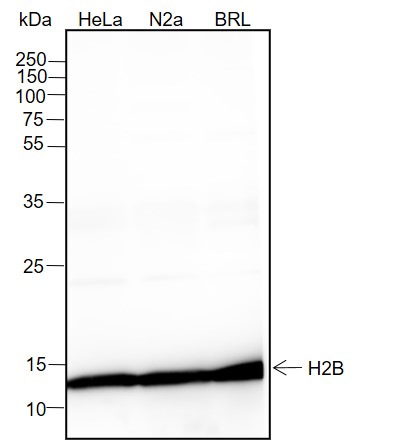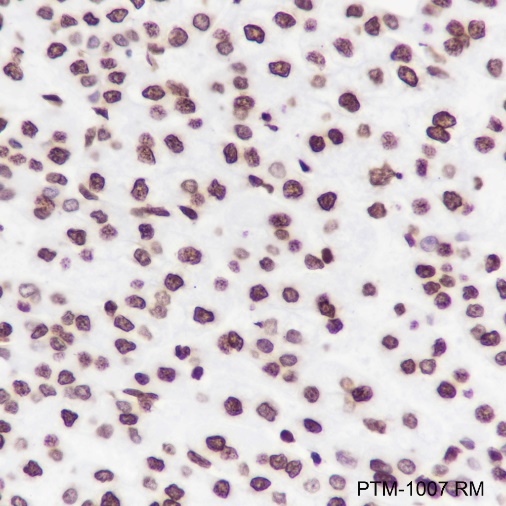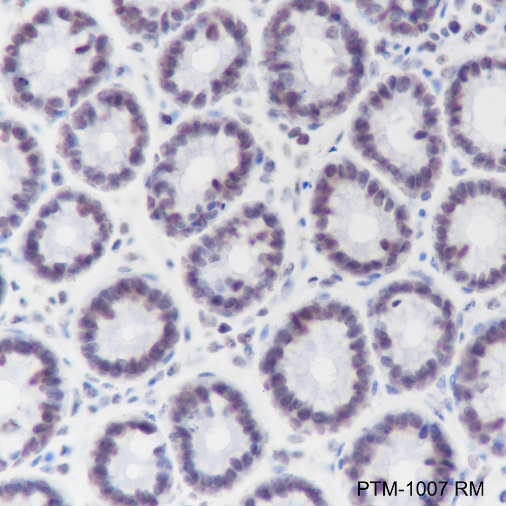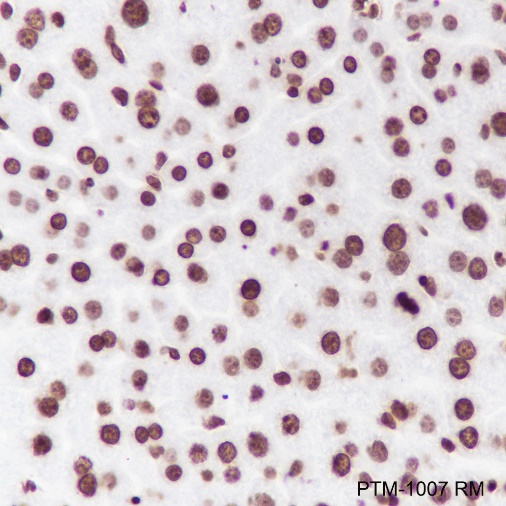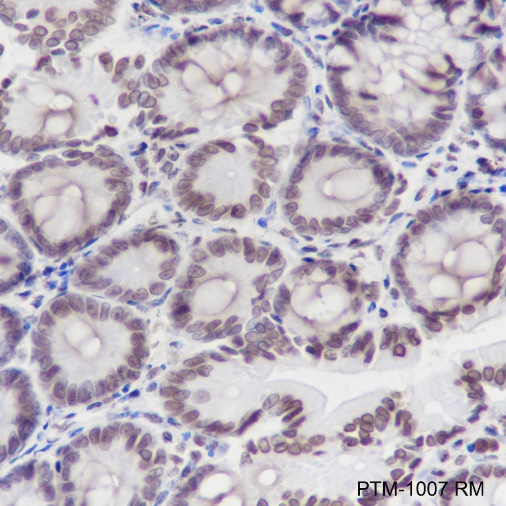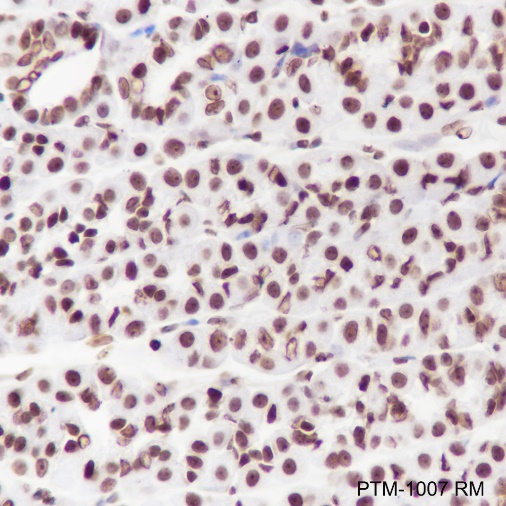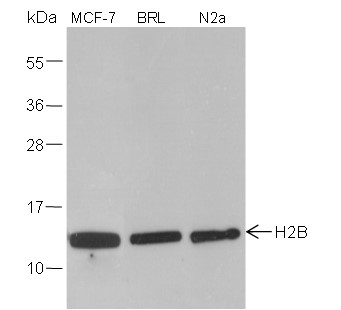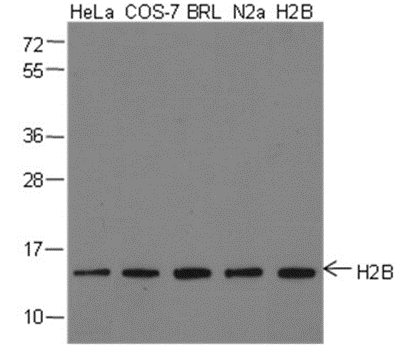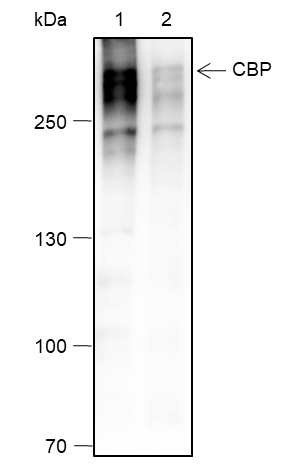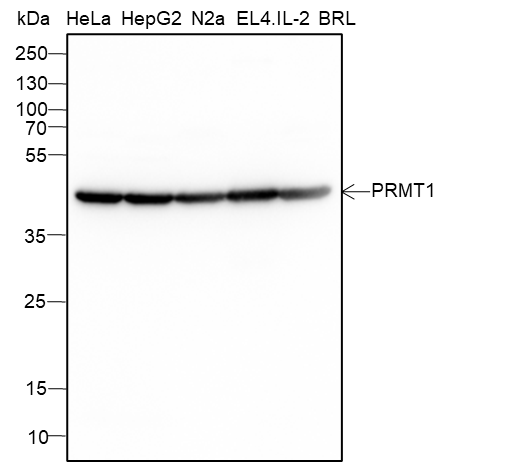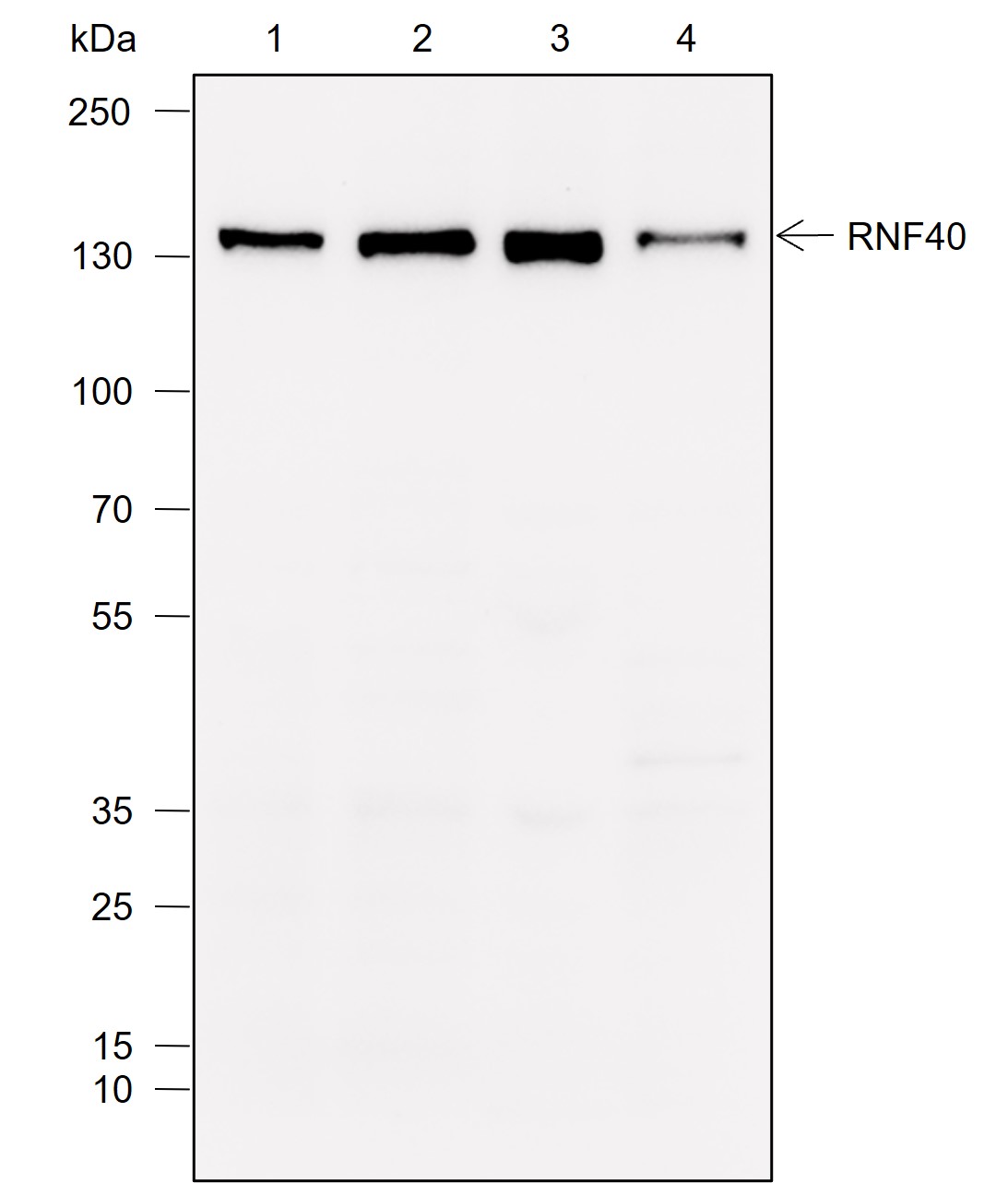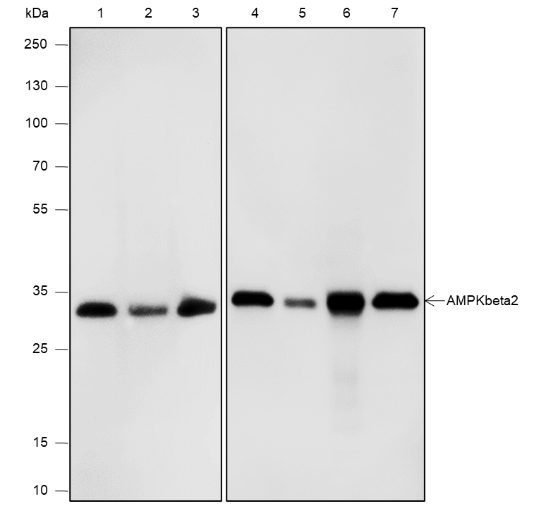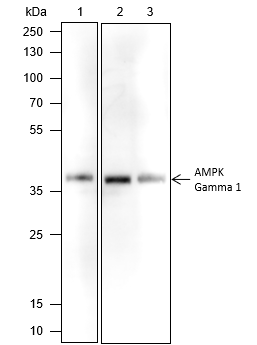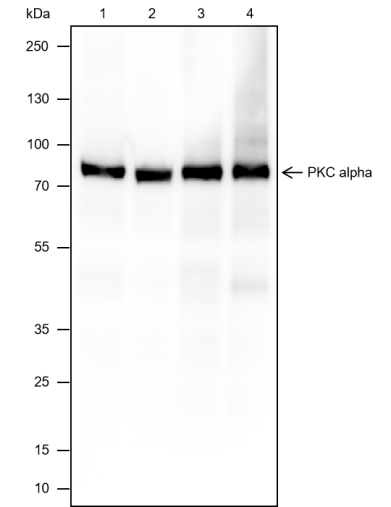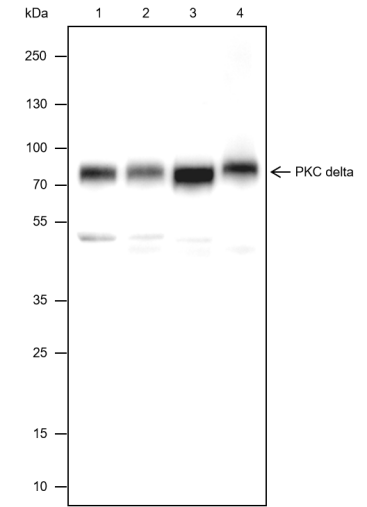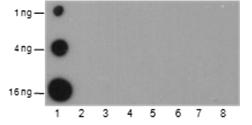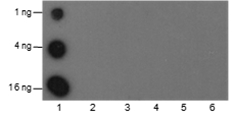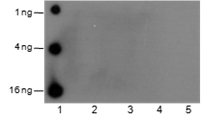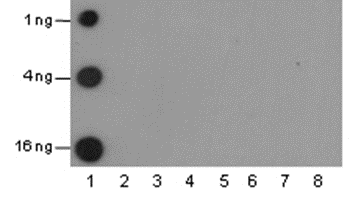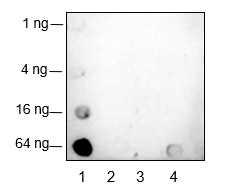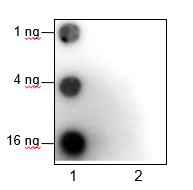Background
Histones are a family of basic proteins that form the core of the nucleosome – the fundamental structural unit of chromatin. In a single nucleosome, core histone proteins H2A, H2B, H3, and H4 form an octamer around which the DNA is tightly wrapped. Histone proteins not only serve to compact chromosomal DNA but also play vital roles in the dynamic and long-term regulation of genes by a wide variety of post-translational modifications (PTMs). These PTMs including acetylation, methylation, phosphorylation, and novel acylations directly affect the accessibility of chromatin to transcription factors and other epigenetic regulators, altering genome stability and gene transcription. Histone H2B is primarily acetylated at Lys5, 12, 15, and 20, and phosphorylated at Ser14. Mono-ubiquitination of histone H2B at Lys120 triggers downstream lysine methylation on histone H3 and introduces changes in chromatin structure.
Cellular location
Nucleus



